Almost all homeowners have encountered the moisture problem. High humidity is the number one threat to a house's structural integrity and indoor air quality. To maintain good air circulation, you must ensure the humidity levels remain under 50%. Here, we will share our best moisture control strategy.
What is condensation?
Condensation is the process by which invisible water vapor in the air cools to visible liquid. Moisture gets into the house as air containing water vapor. The dew point refers to the temperature at which water vapor in the air begins to condense.
Signs of condensation in-house are:
- Clear condensed liquid on windows and glass doors.
- Peeling off of the wallpaper.
- Damp patches on the walls.
- Black Mold growth on walls and ceilings.
Note: condensation does not always happen, only in invisible places. If moist air gets into cracks in the walls, in electrical appliances, or another hidden area, condensation still occurs, damaging the wall or appliances.
Where does Home Moisture come from?
There are several sources of indoor moisture. We have classified the sources into the following categories:
1. People and their activities are moisture sources. The average family can produce over 8 liters of moisture a day from household activities like doing laundry, preparing food in the kitchen, and taking hot showers. Leaving windows and doors open allows a lot of outdoor air into the house, increasing moisture levels.
2. Houseplants—Although houseplants are encouraged, it is important to note that too many indoor plants will directly increase the moisture in the house. Let's say you have 20-30 indoor plants spread out in the direct rooms of the house; they could easily produce over 2.5 liters of moisture a day.

3. Construction moisture—This mainly affects newly built houses or recently renovated rooms. Most houses are built from normal concrete lumber, which requires lots of water and numerous other construction products. This moisture escapes into the house as the concrete dries gradually.
4. Plumbing leaks—It is important to maintain and check all plumbing often. A leaking pipe can release a lot of moisture into the walls and cause expensive water damage to the house.
5. Rainfall water—If there is rainfall, water can enter the walls or the ceiling. This will increase the moisture levels in the house and cause a lot of damage.
6. Seasonal storage of moisture in the house – during the summer, humidity levels outside can get to anywhere between 65 -90 %. Most people open all the ventilation in all the house rooms in the summer because of the heat; this allows a lot of the humid, warm air into the house. Because when the temperatures remain high, no condensation occurs; hence, the warm air remains indoors. When winter comes, all the ventilation is closed, and the warm, humid air is kept indoors. This causes increased indoor moisture and too much liquidity.
7. Hot tubs and saunas—Many homeowners are always willing to keep up with the latest household trends, which today are hot tubs, saunas, and whirlpool baths. The devices can produce a lot of moisture when operating.
8. Diffusion through the material – this problem is most common in crawl spaces and basements. Moisture enters the basement by diffusion from the soil, by air leakage via unmaintained vents or joints and cracks in the basement floor and walls, and by flooding and water drainage problems.
Buying a BaseAire dehumidifier is the most effective and efficient way to reduce high humidity. A dehumidifier extracts excess moisture from the house to ensure humidity levels remain under 50%. The home remains comfortable at that level with clean air and moderate temperatures.
Note: Before you buy a BaseAire dehumidifier, we recommend you fix any of the above sources of moisture!
What are the Main Ways to Control Moisture in Your Home?
Home moisture can lead to many problems, including mold growth, structural damage, and worsened air quality.
The key sources of moisture include daily activities such as cooking, bathing, and washing, as well as external factors like leaks, high outdoor humidity, poor drainage, and the use of unvented space heaters.
Recognizing these sources is the first step in tackling moisture and low humidity issues. Here are effective strategies to control or remove moisture in your home:
1. Ventilate to Evacuate Moisture
Install and use exhaust fans in high-moisture areas such as the kitchen and bathroom. These fans are critical for removing moisture directly at the source before it can spread throughout the home. Additionally, natural ventilation through opening windows helps to remove moisture and reduce indoor humidity levels, especially during dry, sunny days.
2. Fix Leaks Promptly
Water leaks from the roof, windows, or plumbing can introduce significant amounts of moisture. Regularly inspect these areas for signs of leakage and address any issues immediately. This proactive approach prevents water from accumulating and causing further damage.
3. Maintain Consistent Indoor Temperatures
Fluctuations in indoor temperature can lead to condensation, which increases moisture levels. Using a thermostat to maintain a steady temperature helps minimize this risk. During colder months, keeping the air warm inside the house can prevent condensation on windows and other surfaces.
4. Employ Dehumidifiers
Energy efficiency Dehumidifiers can be exceptionally effective in areas prone to high humidity, like basements, laundry rooms, and bathrooms. These devices help maintain a more comfortable and healthier indoor environment by extracting excess moisture from the air and improving poor air circulation.
5. Improve Home Drainage

Poor drainage around your home’s foundation can cause water to pool and seep into basements or crawl spaces. Ensuring that gutters are clean and downspouts direct water away from the foundation are simple measures that can significantly improve drainage.
6. Reduce Indoor Moisture Generation
Simple lifestyle changes can greatly reduce the amount of moisture generated within your living space. Avoid drying wet clothes indoors, store firewood outside, and use unvented space heaters sparingly. Combined with using cooking lids to minimize moisture from boiling water, these practices can significantly reduce moisture buildup, mold growth, and indoor humidity levels.
7. Utilize Air Exchange Systems
For homes in climates where opening windows isn't always an option, air-to-air exchangers or heat recovery ventilators (HRVs) can introduce fresh air while expelling stale, moist air. These systems are particularly useful during winter in cold climates, helping to reduce moisture and improve air quality without sacrificing warmth.
Implementing these strategies requires a combined approach to manage and control excess moisture levels in your home effectively to improve indoor air quality. Regular maintenance, awareness of daily activities that contribute to humidity, and strategic use of dehumidifying equipment can create a healthier living environment, safeguarding both the structure of your home and the well-being of its inhabitants.
Shop here for the best BaseAire dehumidifiers!

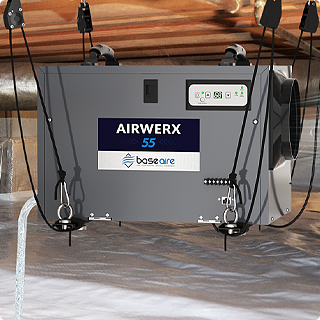
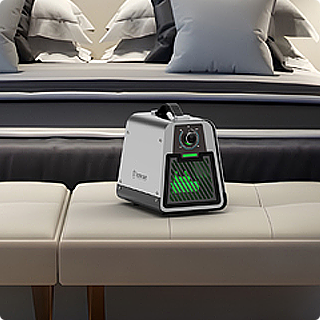
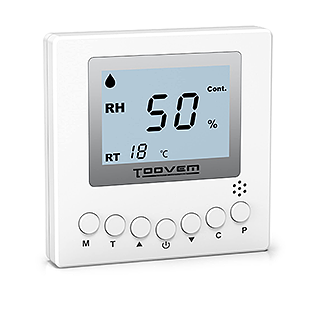
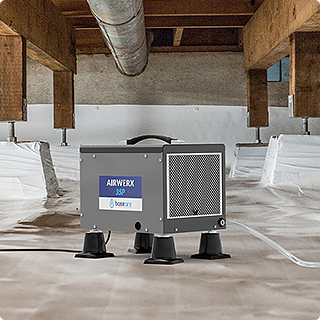
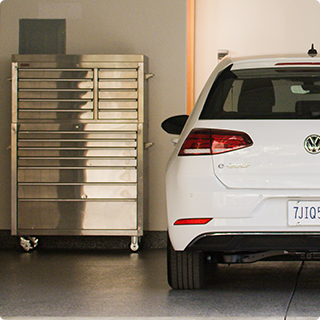
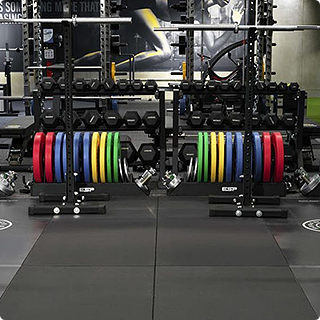


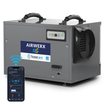
![BaseAire 888 Pro 7,000 mg/h Ozone Generator, Digital O3 Machine Home Ozone Machine Deodorizer - Ozone Generator from [store] by Baseaire - Disinfection, Ozone Generator](http://www.baseaire.com/cdn/shop/products/888-Pro-_-1.jpg?v=1698817267&width=104)
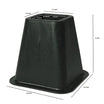

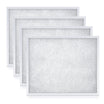
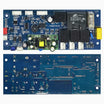
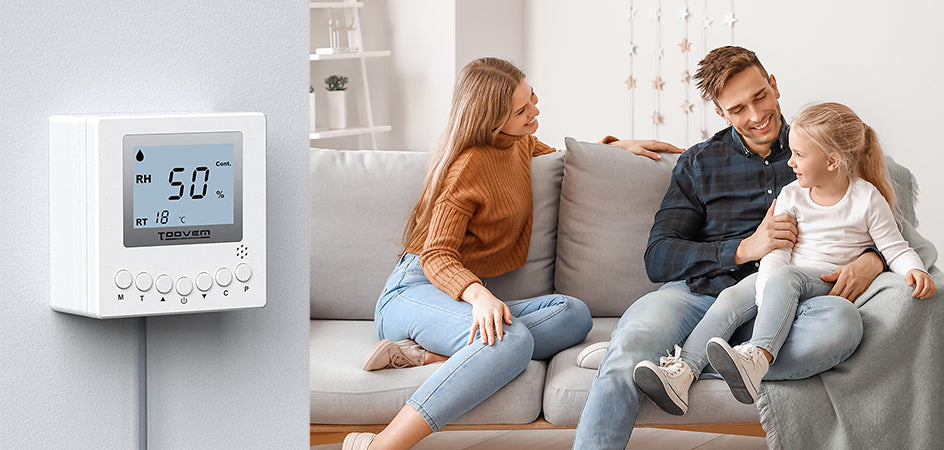
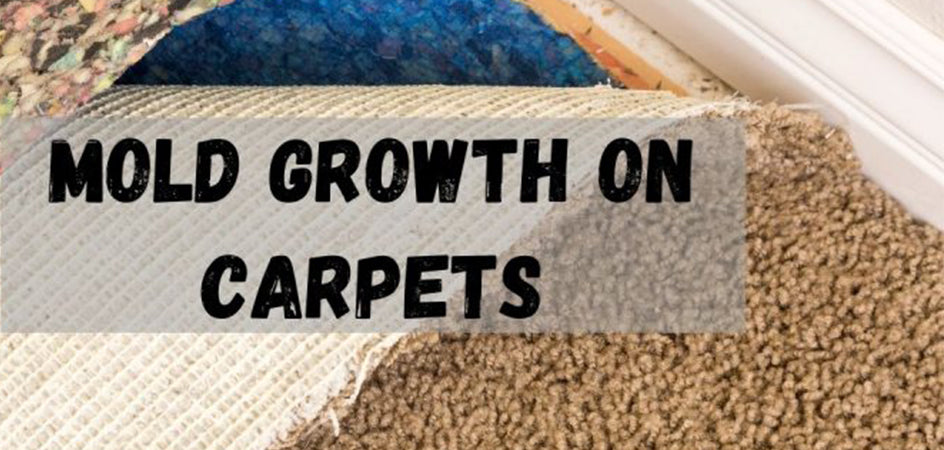

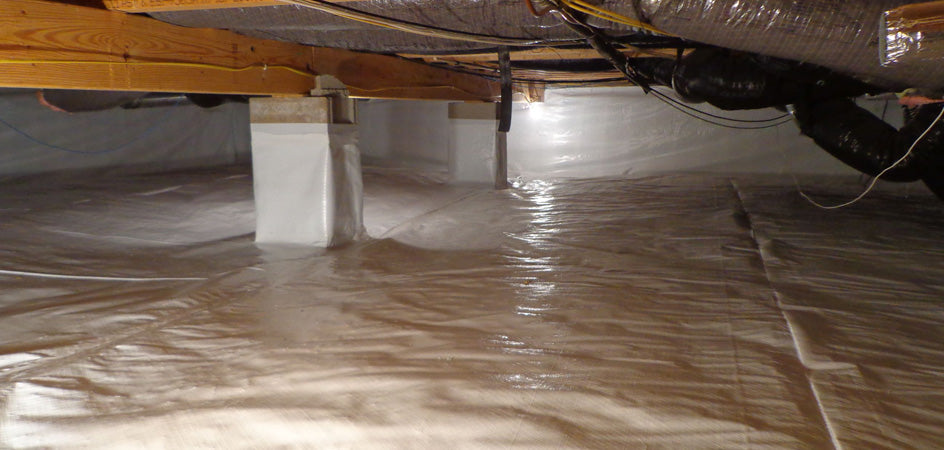




Hinterlasse einen Kommentar
Alle Kommentare werden vor der Veröffentlichung geprüft.
Diese Website ist durch hCaptcha geschützt und es gelten die allgemeinen Geschäftsbedingungen und Datenschutzbestimmungen von hCaptcha.